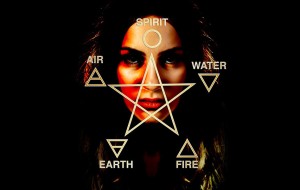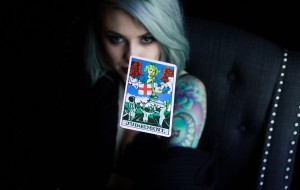
-

More New Age Dream researchers have discovered several distinct categories of dreams, and these dream categories can be very useful both to people attempting to interpret their own dreams and to professional psychologist and therapists striving to interpret the dreams of others. This article will discuss these categories of dreams. Dream #1: The Daydream While not technically a dream, since it takes place while we are awake, researchers are looking into just where the daydream fits on the spectrum of dreaming, and what it can teach us about more traditional dreams. It is estimated that most people spend between 70 and 120 minutes each day engaged in daydreaming. Daydreaming is thought to be a level of consciousness below that of a normal waking state but above that of sleep. Daydreaming falls about midway between these two extremes. During a daydream, we allow our imaginations to take us away from the mundane tasks of the day. As the mind is allowed to wander and conscious awareness is reduced, we can become lost in the fantasy or imaginary scenario. Dream #2: The Lucid Dream Lucid dreams are among the most fascinating subjects in all of dream research. Lucid dreaming takes place when the dreamer realizes that he or she is dreaming while still immersed in the dream. Lucid dreaming occurs in that moment when you tell yourself - "This is only a dream". The occurrence of lucid dreams varies widely from person to person, with some people reporting never having lucid dreams and others reporting almost 100% lucid dreams. While most dreamers wake up when they realize that they are in a dream, other people are able to develop the ability to remain in the dream and take control of it. These people are able to become an active participant in their dreams, and to take the dream narrative where they want it to go. These people experience some of the most enjoyable and interesting dreams. Dream #3: The Nightmare Many people are troubled by frightening and disturbing dreams, commonly known as nightmares. Young children in particular often suffer from nightmares brought on by fears....read more -

More New Age There are twenty four total Runes. This can seem like a daunting number of symbols to memorize, but it doesn't have to be. For one, you do not want to memorize standard meanings from a book or online text. While it is a good thing, and encouraged, to review the typical meanings of each Rune, it is even better to take each stone and meditate on it, one at a time. This way, you are getting to know the Runes truly and deeply before casting. You are also expanding your psychic abilities by doing this, as you are greatly opening your mind to something on the spiritual plane. Record your feelings, thoughts, and impressions for each symbol for future reference. As stated, however, it does help to know some basic meanings behind the Runes: Fehu: Represents material wealth and possession. Uruz: Represents physical ability and health. Thurisaz: Represents force, conflict, and a potential change of current situations. Representative of Thor. Ansuz: A symbol that represents wisdom, mental strength and charisma. Representative of Odin. Raidho: Representative of great current or future movement mentally, spiritually, or physically. Kenaz: Represents the flames of innovation or creative enlightenment, as well as romantic passion. Gebo: Represents balanced generosity in material gifts or human relationships. Hagalaz: Represents natural destruction from forces of nature or from within the mind. Nauthiz: Determination to resolve a restrictive or overwhelming force. Isa: Represents a potential challenge or conflict. Can also indicate an idle time in life. Jera: Represents the peace of mind and potential gains that follow a highly stressful or difficult endeavor. Eihwaz: Represents the honesty and strength required when pursuing the resolution of a given task. Perthro: Represents secrecy or uncertainty in an area of life. Can also be indicative of female fertility. Algiz: Represents the protective instinct regarding family, friends, and the self. Also represents a link to the divine. Sowilo: Represents cleansing and success over a challenge. Tiwaz: Represents self sacrifice, honor, and victory for the greater good. Representative of Tyr. Berkano: Represents newly acquired love or fertility. Can indicate a major positive life change. Ehwaz:....read moreMeanings of the Runes
By admin on September 17, 2019
Most Viewed
-

-

-

Understanding The Four Suits of the Tarot Deck
The tarot deck of cards, usually 78 in number,…
2401 0 -

Spells: What are Myths and Real?
When talking about witchcraft, we usually think about black…
2394 0












